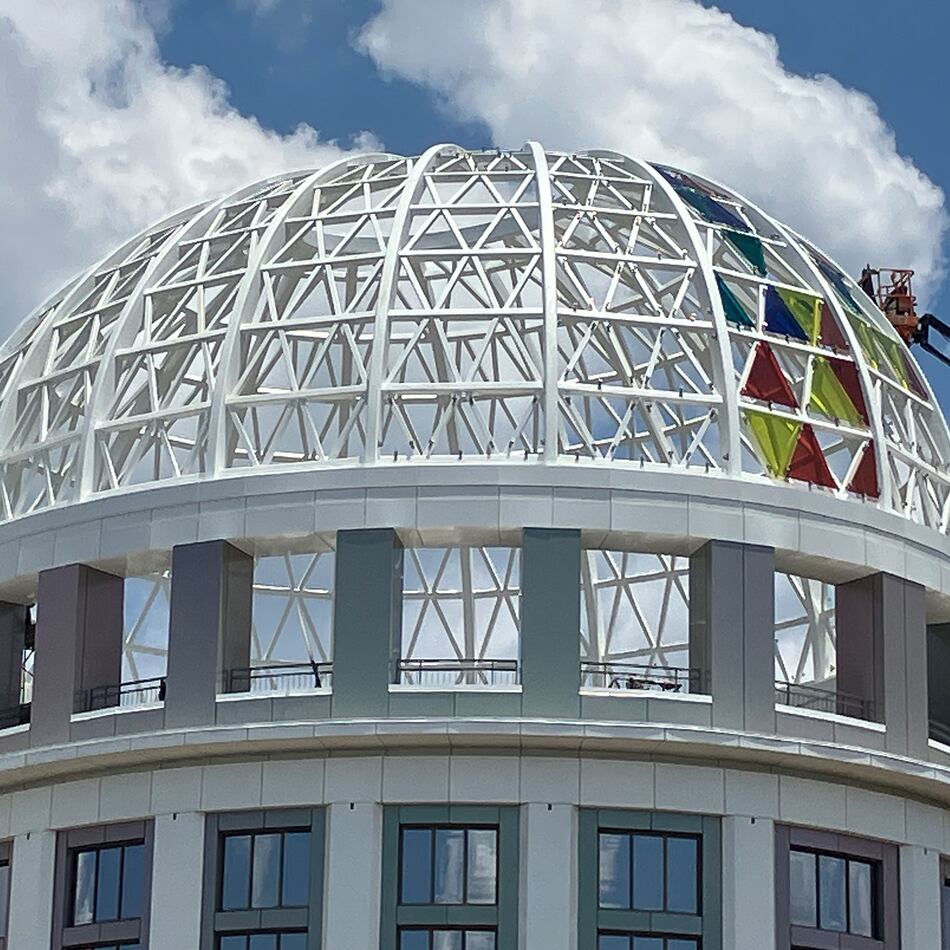I am old enough to remember when Black History Month was Negro History Week, a week devoted to an overview of Negro history makers.
My Brooklyn, N.Y., elementary school was a top-performing school, but my Black History Week experience offered a limited overview and, usually, an annual repetition of the same history makers – Fredrick Douglas, George Washington Carver and Harriet Tubman.
Credit: ASSOCIATED PRESS
Credit: ASSOCIATED PRESS
Thank God my middle school experience was nourished with an introduction to literature, arts and culture through icons like James Baldwin, Romare Bearden and Alvin Ailey, as well as an enlightening study of Douglas, Carver and Tubman.
Recently, I’ve begun to wonder if our national annual February celebration of Black history has led to better understanding and appreciation for Black history and its contributions to world history. I’m not certain, but Savannah’s newly erected Plant Riverside District park and bust of Dr. Martin Luther King Jr. gives me hope.
A monument speaks for its dwelling place and the people who authorize and give it life. A monument generates an inspiring identity for its community and prompts public discourse. The individual(s) or event represented by a monument is a person or occurrence considered worthy of honoring, of having their story shared.
Credit: Richard Burkhart/Savannah Morning News
Credit: Richard Burkhart/Savannah Morning News
Unfortunately, there are monuments honoring individuals in Savannah whose voices are a reminder of a painful period in history for ancestors of the large population of people of African descent.
Some say, “That’s the past, and there is nothing to be done about it.” However, I disagree and feel, at the very least, that we can make new, inspiring and inclusive history with new monuments.
Credit: Beau Cabell/savannahnow.com
Credit: Beau Cabell/savannahnow.com
In the 10 years since I relocated to Savannah, where my father (a Georgia native) once lived in the 1940s, I’ve met and learned of several persons of African descent in this city who are worthy of such an honor, such as civil rights leader, historian and historic preservationist W.W. Law; musician, businessman and humanitarian Ben Tucker; and suffragette, politician and community activist Mamie George S. Williams – just to name a few.
It’s important for all Savannah children to learn about history makers who resided here, were educated here, and played here – just like them. Since monuments are public art and not enclosed in museums or galleries, everyone has access without a fee. If you have not visited the Martin Luther King Jr. monument yet, I suggest you do so and bring your children.
Credit: Courtesy of the Savannah African Art Museum
Credit: Courtesy of the Savannah African Art Museum
Each panel of the pedestal contains an excerpt from one of King’s speeches. Most of them are commonly quoted speeches, such as “I Have a Dream,” however, one panel contains an excerpt from a speech King made to an audience right here in Savannah.
I’m not from Savannah, but that stirred emotions in me! Umoja (Unity): To strive for and maintain unity in the family, community, nation, and race.
Lisa Jackson is the education community outreach liaison for the Savannah African Art Museum. The museum is located at 201 E. 37th St. and you can visit savannahafricanartmuseum.org for more information.
This article originally appeared on Savannah Morning News: MLK monument can be a necessary start to honoring prominent Black Savannah figures of history
The Latest
Featured



